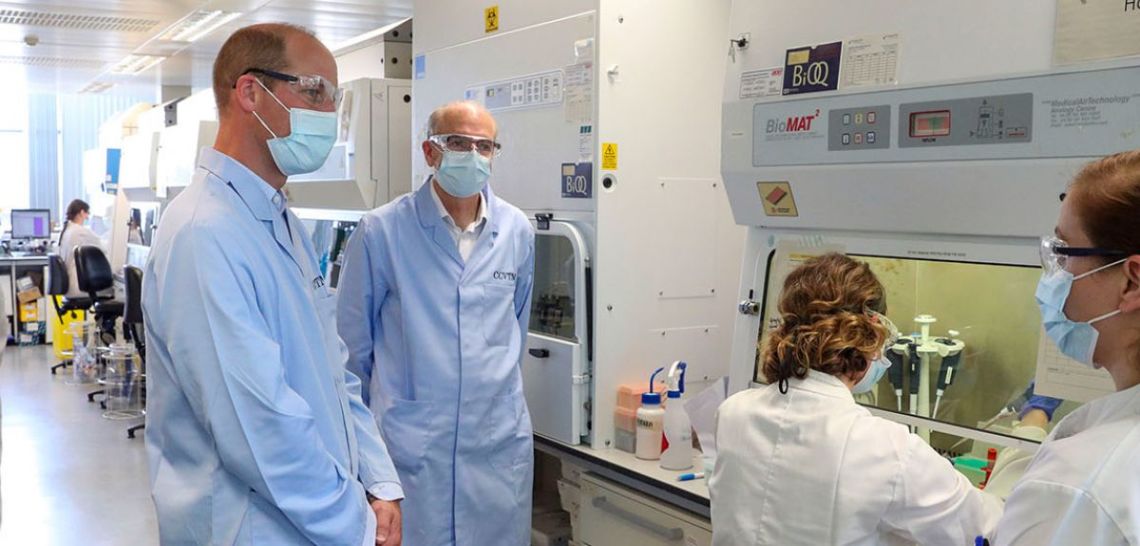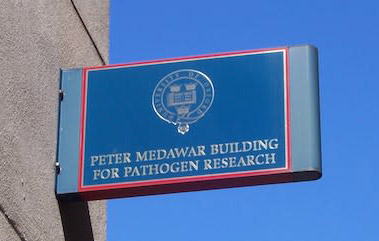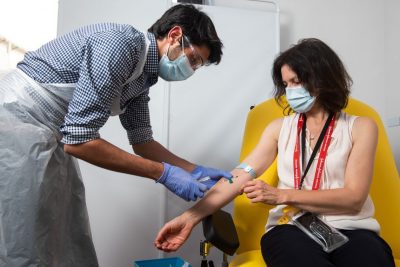MENUMENU
- Home
- Products
- Solutions-old
- Alarm and Event Management
- Wireless Telemetry and Remote Control
- Radiological Surveillance
- Cathodic Protection
- Legacy Alarm Replacement
- Tank Overfill Protection
- Web Based Monitoring
- Remote Utilities Management
- Industrial Cable Networking
- Temperature and Humidity Monitoring
- Structural Monitoring
- System Design and Integration
- Resources
- Company
- Throw Back Thursdays
- Radiological Surveillance
- Alarm and Event Management





